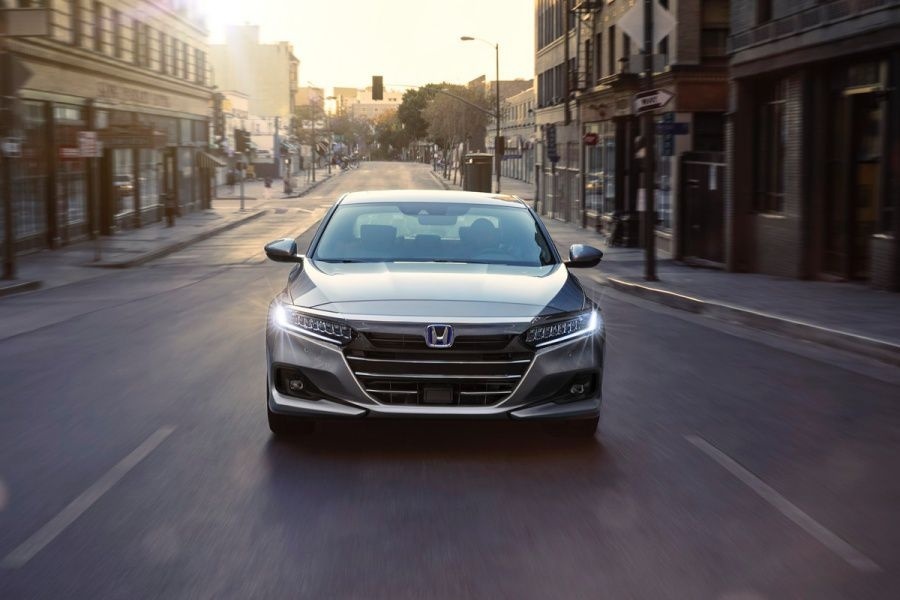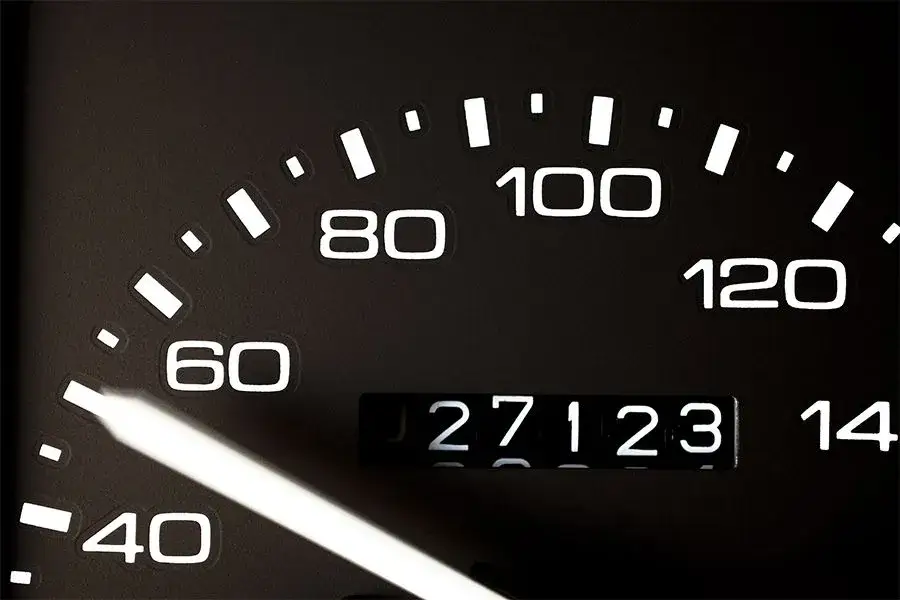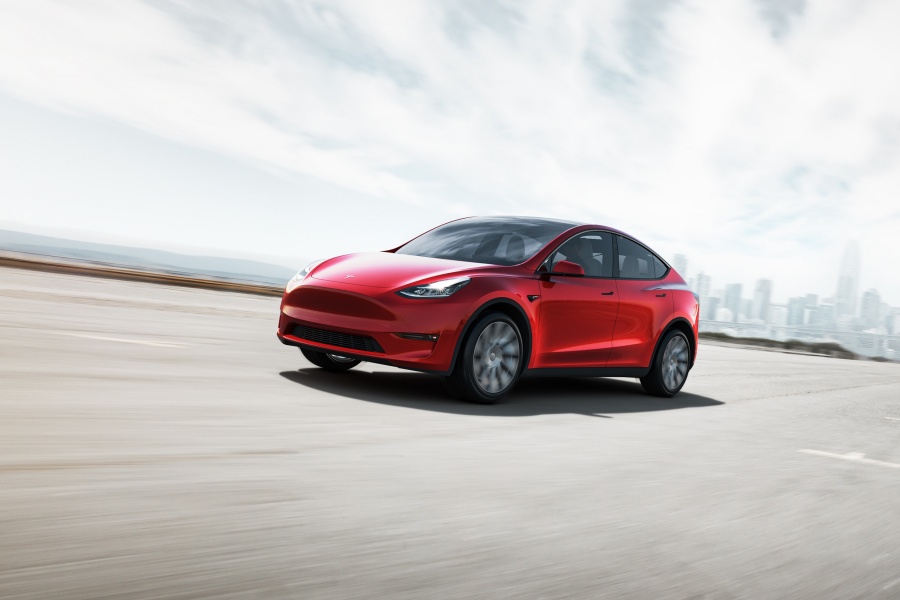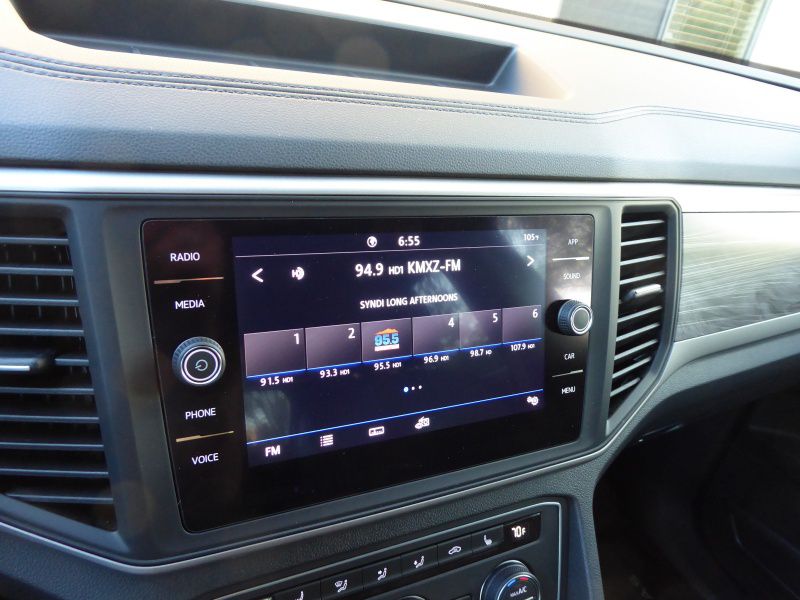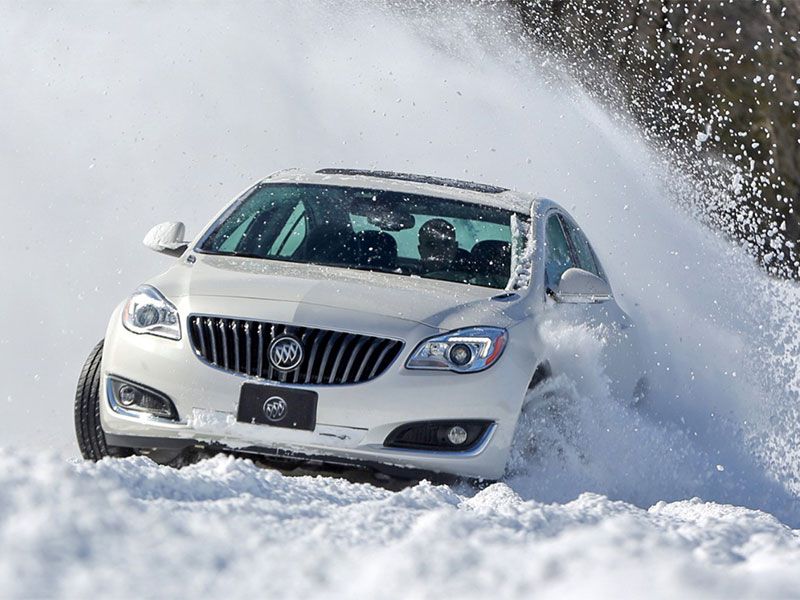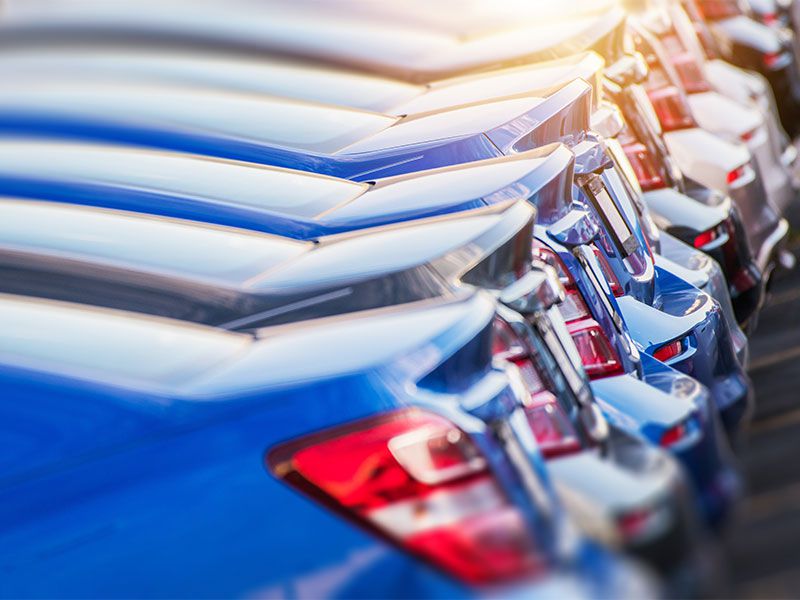Where Was My Car Built
Global Supply Chains
When most people think about where their car was made, they most often are considering where their car was assembled. But every vehicle is a collection of thousands of parts, big and small, and quite often those parts come from all over the world. In the overall scheme of things, very few vehicles are assembled from parts that were manufactured in a single country. You might expect that vehicles whose brand names suggest a particular country of origin — say Japan for Nissan, Sweden for Volvo, and the USA for Chevrolet — are predominantly built from parts that were manufactured in that country. But that is not always the case. In some instances, a vehicle with a Hyundai badge might have a higher percentage of American parts than a vehicle bearing a Buick badge. Vehicle manufacturing supply chains and logistics are extremely complicated, and the goal of carmakers is to build cars and trucks people want to buy, regardless of where the parts come from.
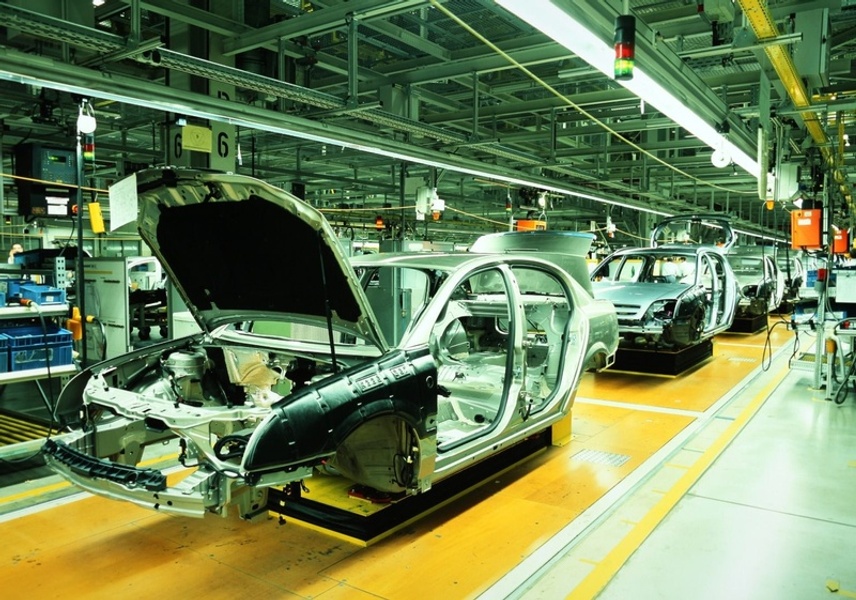
Who Makes Cars Where?
All that being said, when people think about where their car was built they don't figure the origin of each part into the equation. They simply seek to find the place where all those parts — some made on-site and some sourced from elsewhere — were assembled into a vehicle. In determining this, the vehicle's brand is often misleading. For example, Toyota operates final assembly plants in Georgetown, Kentucky; San Antonio, Texas; Blue Springs, Mississippi; and Princeton, Indiana. Honda operates final assembly plants in Greensburg, Indiana; East Liberty, Ohio; Marysville, Ohio; and Lincoln, Alabama. And that's just the tip of the iceberg. Nissan, Subaru, Hyundai, and Kia are other Asian brands that operate at least one U.S.-located assembly plant.
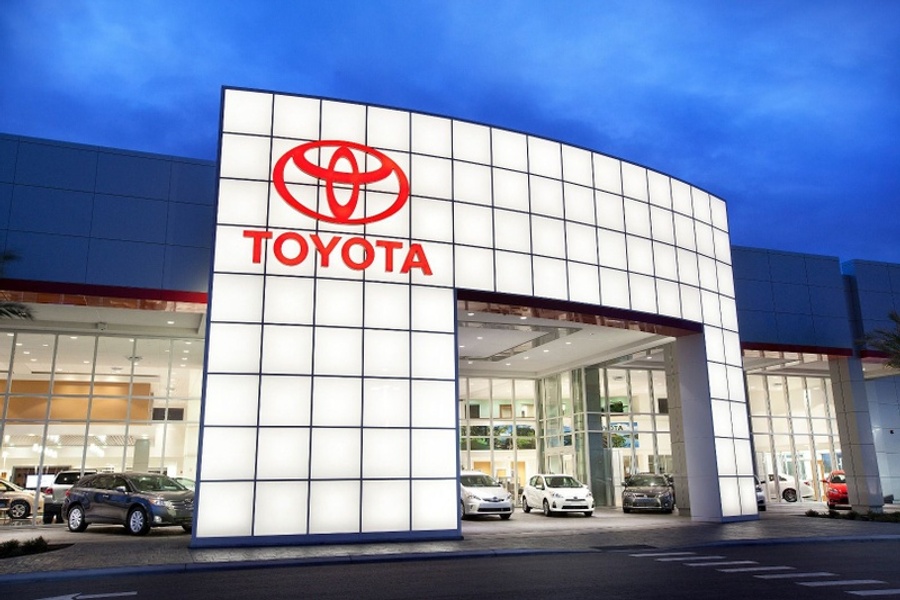
European Brands
While the fact that Japanese- and Korean-based carmakers have many manufacturing plants in the United States is fairly well known, what is much less well-known is the number of European brands — many of them very upscale — that build vehicles in the United States. For example, BMW builds a collection of SUVs in Greer, South Carolina. Mercedes-Benz operates two U.S. assembly plants: one in Vance, Alabama, and another in Ladson, South Carolina. Volkswagen builds Passat sedans and Atlas SUVs in Chattanooga, Tennessee. Volvo's first U.S. plant is in Ridgeville, South Carolina, where it builds the S60 mid-size sedan, and it recently announced that it would build a U.S. battery factory to facilitate its move to electrification.
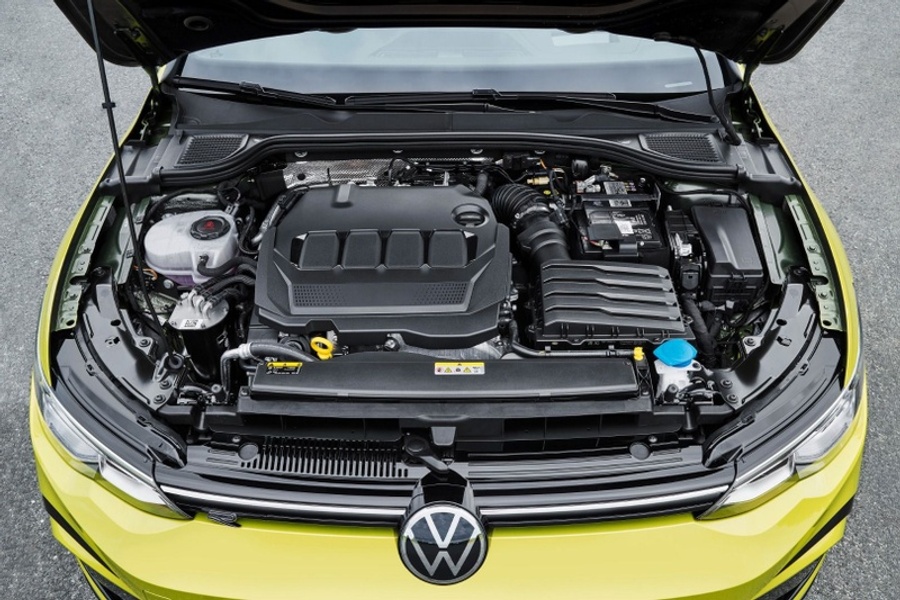
U.S. Brands Build Overseas
At the same time that "foreign" carmakers have established and are operating assembly plants in the United States, the three U.S.-based carmakers assemble a significant percentage of vehicles sold under their nameplates in foreign factories. Some of these factories are in our neighbors to the north and south, Canada and Mexico, and some are in South Korea and even China. According to a report in the Detroit Free Press, 43 percent of vehicles built in Canada and Mexico that were sold in the United States are marketed by the traditional "Big 3" U.S. manufacturers — General Motors, Ford Motor Company, and Fiat Chrysler Automobiles. Japanese and German brands also assemble vehicles in Mexico and Canada that are then sold in the United States.
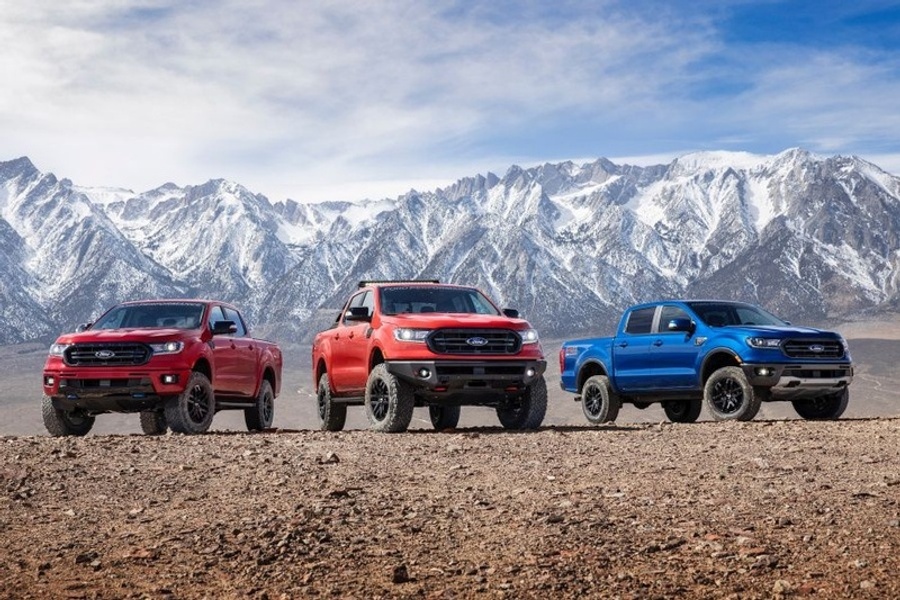
American Automotive Labeling Act
If all this sounds extremely complicated to you, well, it is. The auto industry is one of the largest industries in the world, and its tentacles stretch almost everywhere. So how can American consumers figure out where their cars are made? Happily, there is a law called the American Automobile Labeling Act (AALA) that can be helpful to consumers who are trying to answer that question. The AALA, passed in 1994, requires automakers to label each new passenger vehicle with several valuable pieces of information. Among the most important are the percentage of U.S. and Canadian parts it contains; the names of countries that contribute 15 percent or more of the vehicle's parts and those percentages; and the assembly plant's city, state, and country. The act also specifies that the manufacturer must reveal the country of origin of major parts like the engine and the transmission. Consumers can find this information by going on the National Highway Traffic Safety Administration's website: nhtsa.gov.
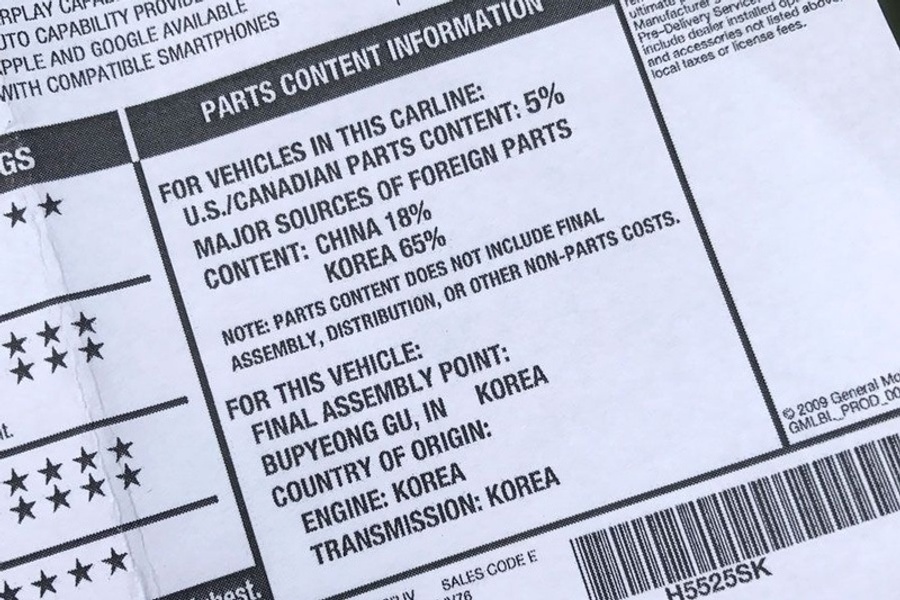
Window Sticker
If you are seeking information on a new car — or if you're the type who saves things that might useful later — a vehicle's Monroney label can give you pretty much all you will need to know about where your car was made. Commonly referred to as the "window sticker," the Monroney contains a wealth of information about that individual vehicle, including its standard and optional equipment, its projected fuel economy, its suggested list price, and, importantly, several pieces of information about its origins. Specifically, it will tell you the percentage of U.S.- and Canadian-sourced parts, the percentages and countries of origin for major sources of foreign parts, the source of the engine and transmission, and the vehicle's final assembly point. Should you still have the window sticker of your car and you want to know where your car was built, you've hit pay dirt.
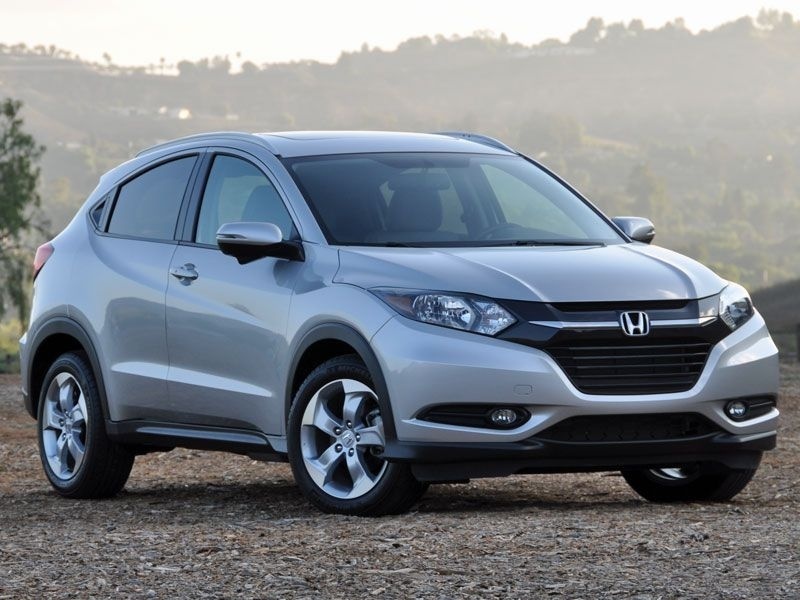
Door Jamb Plaque
If for some reason you don't have your car's original window sticker, another way you can find out where a car is built is to check the plaque that is typically located on the driver's side front doorjamb. There is no standard format for this plaque, but most often it will include the name of the company that built the vehicle, its gross vehicle weight, the fact that it conforms to U.S. federal safety standards, and where it was built. It might say simply "Made in U.S.A." Or it might name the specific manufacturing plant and its city and state. It might also include the car's unique vehicle identification number or VIN, which is a very useful tool in discovering where your vehicle was built.
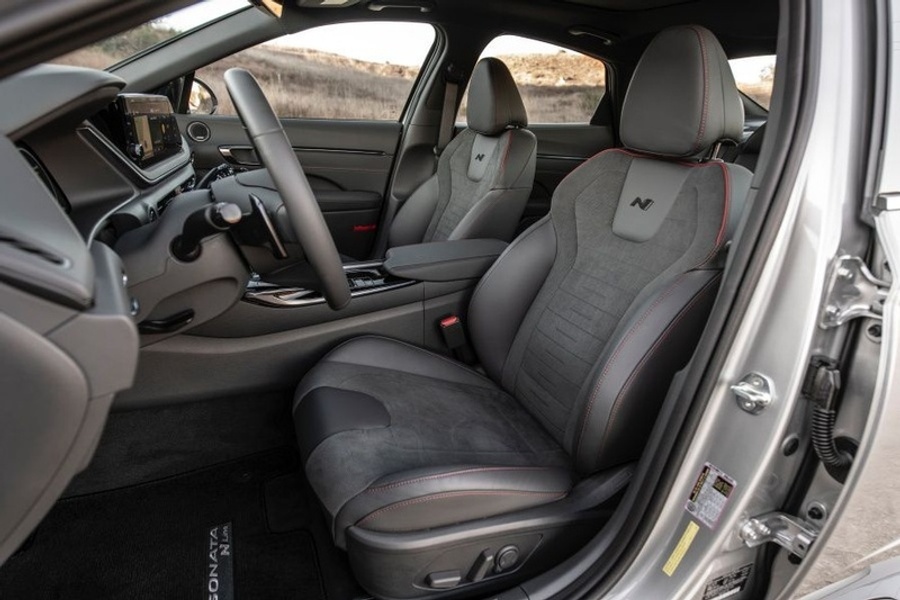
Vehicle Identification Number
A car's Vehicle Identification Number is a 17-digit code comprised of capital letters and numbers that uniquely identifies a vehicle. Each letter or number provides a specific item of information about the vehicle including the model year, make, model, engine size, and manufacturer. To answer the question pf where your car was made the VIN's first digit (sometimes a letter) is the operative piece of code. If it's a 1, 4, or 5 it indicates the car was built in the United States. A 2 indicates Canada, while 3 indicates Mexico. A J indicates it was built in Japan. K indicates South Korea. S indicates England. W indicates it was assembled in Germany, and Z indicates Italy. If you simply care about the country in which your vehicle was assembled, decoding the first digit is enough.

More Information From the VIN
If you want to learn more, the second and third digits in the VIN identify the vehicle's manufacturer, the manufacturer division, and perhaps the vehicle type based on the division that built it. Digits 4-8 give additional specifics about the vehicle, such as its engine. Digit 9 is a security code. Digit 10 is the model year, and digit 11 identifies the assembly plant. The last six digits of a VIN identify the vehicle's place in the assembly plant's production run. Where is the VIN on your car? It is typically etched or attached at a number of places, but the easiest to access it is probably the VIN plate that is visible through the windshield on the driver's side of the car's dashboard.
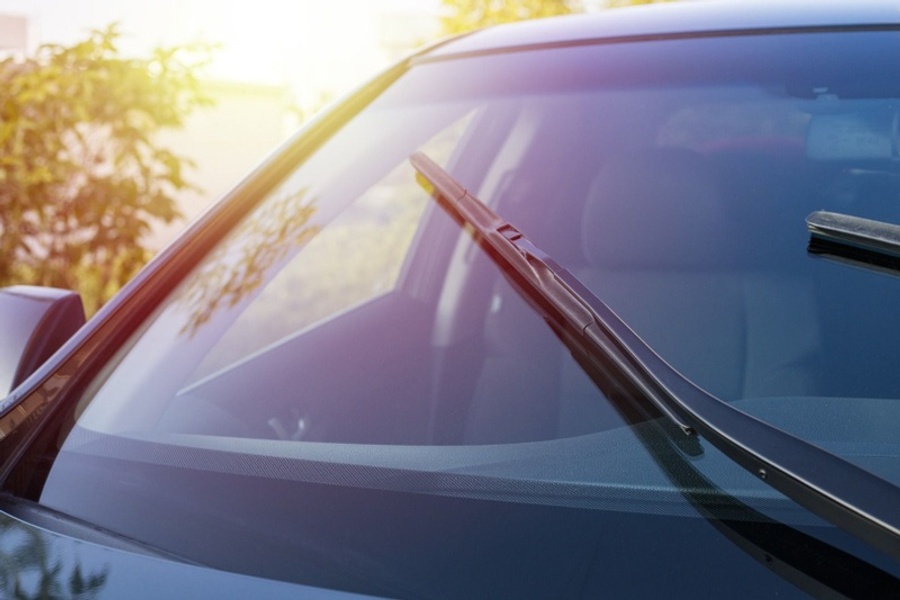
Automotive Websites
If for some reason the VIN is inaccessible to you and you'd still like to learn where your car was built, the consumer websites of the major auto brands will typically offer that information. It is unlikely that the information will be easy to find there, however. Third-party auto information sites might also list the assembly sites for various cars, trucks, and vans in their Specifications sections. If you have the VIN, another online source of information about your specific vehicle is a VIN "decoder." That service is currently being offered by several third-party websites. Inputting the VIN can enable a VIN decoder to spit out a lot of information of the type we have just described. Certainly, they will be able to tell you where your car was built.
